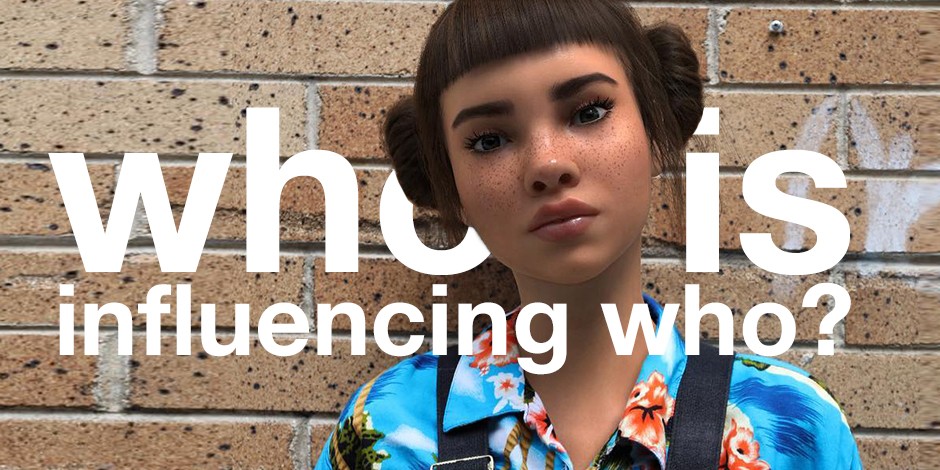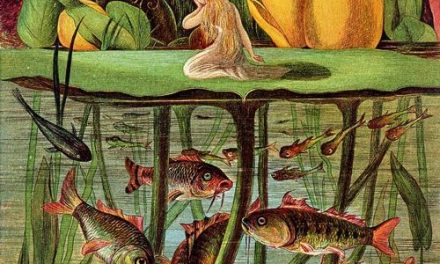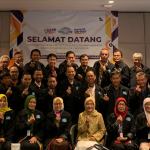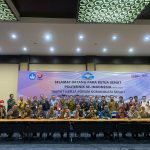We’ve all heard of social media influencers like the Karashians, but, being human, they can be ‘unreliable’ for companies who use them to promote their products. While many have proved a great investment for companies, if the influencer in question gets embroiled in some kind of scandal, it can threaten the PR of any of their backers.
That’s where a new market in ‘virtual influencer’ has opened up to keep the benefits of influencers on social media and limit the potential risks to companies who use them.
Virtual influencers, as the name suggests, are non-human online “celebrities” that are becoming more and more popular as time goes by. They are, of course, completely fictional with armies of digital artists creating any and all images they post on their profiles.
The most famous and lucrative virtual influencer of them all is @lilmiquela, who has more than 1.8m followers on Instagram — less than the following of real celebrities such as pop star Taylor Swift (123m followers).
It sounds like a dystopian dream — but the idea of replacing humans with virtual marionettes may have wider applications still. In a glass-walled conference room, Kwon tells about the plans the company has to expand beyond digital celebrities. The technology, he notes, would work well in the service industry.
“Imagine walking into a McDonald’s and interacting with Ronald McDonald himself,” he says.
McDonald’s has already announced that by 2020 all US locations will have self-ordering kiosks, so it’s not hard to imagine that the stuffy interface will soon be replaced by a digital avatar of Ronald himself.
Puma has created a virtual influencer to represent the South East Asia region as part of the promotion of its new Future Rider sneakers. The virtual influencer, named Maya and created by UM Studios x Ensemble Worldwide, was created using So.Min a social media artificial intelligence platform that mapped millions of faces in SEA from multiple online sources including a user-generated process via Instagram.
This allowed the rendering of several face versions, the first building block to creating a virtual person. Subsequently, multiple 3D versioning techniques were used to construct an entity that could be used across a wide range of mediums.
Intuitive Ideas, a 3D innovation company, then created a face model with multiple drafted expressions. 3D production houses, Graph Studios and Fly Studios were also brought in to develop different processes to cater to motion graphics and agile production of multiple assets.
Maya’s personality was created using multiple innovative techniques and her baseline persona was developed through proprietary UM Studio wave studies on psychographics in SEA.
ArticleLink : https://www.ft.com/content/8ca2f72a-1b4d-11ea-9186-7348c2f183af , https://www.vox.com/the-goods/2019/6/3/18647626/instagram-virtual-influencers-lil-miquela-ai-startups , https://www.thedrum.com/news/2020/03/17/puma-introduces-virtual-influencer-south-east-asia-called-maya










Recent Comments